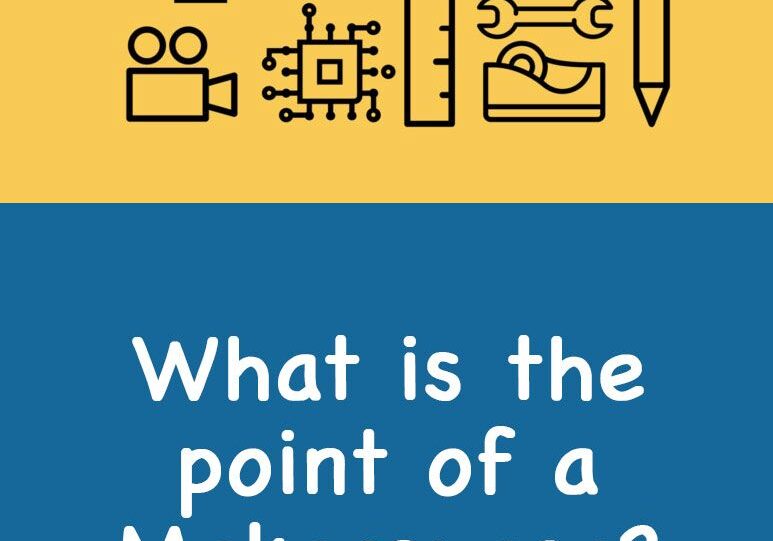Making: An Iterative Process Presents Opportunities for Learning
November 22, 2022

Last week, kindergarten students built upon their unit “Where Do I Live?” In this unit, they built 3D houses and added circuits with lights. We discussed how people get from one house to another and discussed what makes cars move. Using Lego, the kindergarteners explored axles, wheels, and bricks to build a car that rolls. This will be the foundation for our measurement, ramps, and velocity exploration.
When a child is presented with materials and given support with new tools, there is no limit to what they might create. It also means that some trial and error and an iterative process will likely be required. There is no model of their work, just room, and space for open-ended exploration and construction. The opportunity to create projects of their own design provides an authentic and meaningful chance for the students to learn, practice, and apply new skills.
JK had the opportunity to try their sewing skills with a project related to their studies about the body and emotions. Each child chose an organ or an emotion that they wanted to replicate and did so with felt, sewing, and stuffing. At the start, I told them that this would be challenging and that I wanted them to practice another one of our STEAM guidelines, “Try, try, and try again.” If they still felt they needed help, they were instructed to ask a friend for help and raise their hand if they needed teacher assistance.
As part of the making process, students practice their fine motor skills as they rip tape, punch holes, use tools, sew, create corners in their construction, and connect the different parts of a circuit to make a lightbulb glow.
All classrooms have maker trays in the classroom that are refilled in our Spark Studio each week and offered to the students for choice time. At the end of the week, students have created paper dolls, magic wands, birdhouses, telescopes, bats, high-fivers, and planes! They are so proud of their constructions. Students often volunteer to share what they have made with their classmates as they gather on the carpet. They share the materials they have chosen and the choices they have made. When allowed to explain their work, children’s thought processes become more transparent, and we witness the intentionality of their choices and decisions. The most productive opening is often, “Tell me about your work.”
When Beginning School teachers plant a seed for a child that their ideas matter and they are given a chance to make something, it demonstrates that they can impact objects and systems in their world. This is what inspires the motivation to become individuals who invent things to improve the lives of others, create cures, and develop sustainable practices to preserve our environment. Making allows us to honor our student’s intellectual pursuits.
Further reading:
Not a Box by Antionette Portis
What do You do With An idea? by Kobi Yamada and Mae Besom
The Most Magnificent Thing by Ashley Spires
Posted in Academics